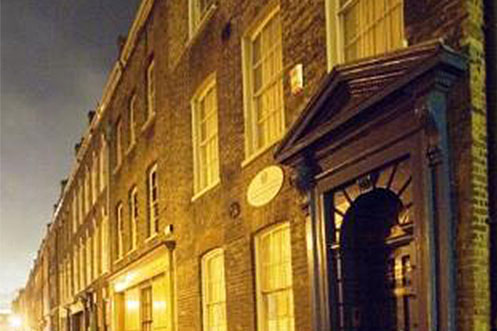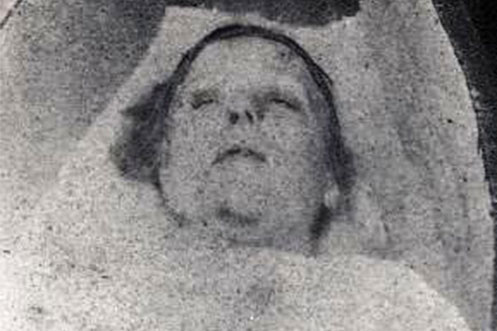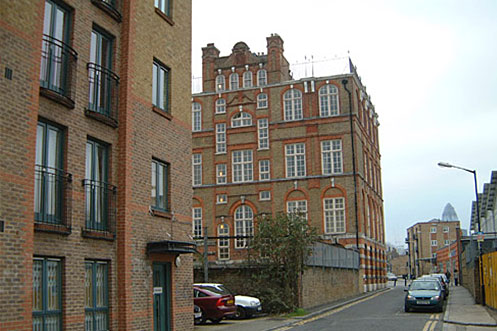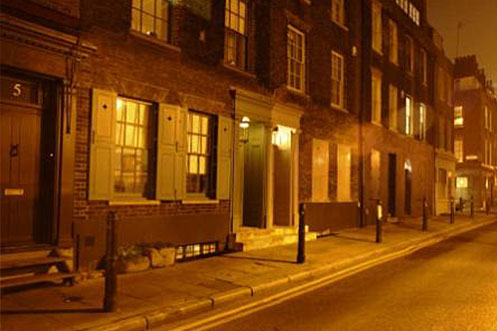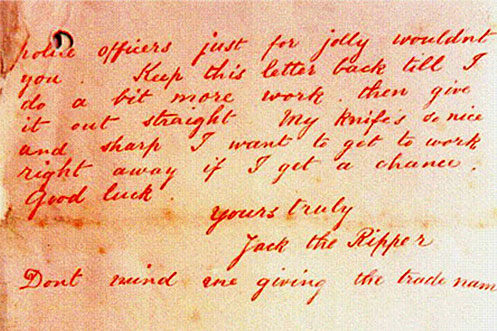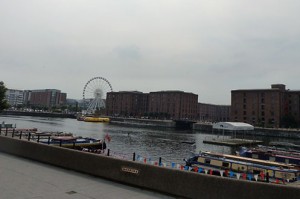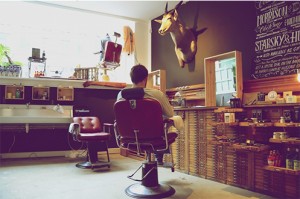As I’ve mentioned before, I’m a bit of a history geek. One thing I’ve always fancied doing, but never quite got round to, is a Jack the Ripper walking tour in London’s East End. So when Visit England invited me to check it out, as this year marks 125 years since the notorious killer terrorised the streets of Whitechapel, I nearly ripped their arm off.
Our tour began outside Aldgate East tube station. Our guide, Richard, told us that on 8th August 1888 the body of a woman called Martha Tabram was found. She’d been stabbed 39 times. There’s much debate around whether she was actually the first of Jack the Ripper’s victims as she wasn’t killed in the same way as the others – her throat wasn’t slit and she wasn’t spliced open. But although attacks were common in those days in Whitechapel, murder wasn’t, which is what led people to believe she may have fallen foul of the Ripper.
The tour costs £9 per person and lasts for a couple of hours, following in the Ripper’s footsteps. It takes in the key sites (mainly the murder spots) of Jack the Ripper’s reign of terror. Our walk was peppered with facts, such as the body of Mary Ann Nichols, Jack the Ripper’s first victim (killed on 31 August), was found on Buck’s Row. Because of its notoriety residents petitioned the council and it was renamed Durwood Street.
If it’s blood, gore and being scared silly you’re after then perhaps this tour isn’t for you. The most gruesome it gets is in the descriptions of the murders. What makes the Jack the Ripper walking tour a hidden gem for me is that it gives a fascinating insight into the sociology of the time. Richard told us about the rise of antisemitism in the East End and near pogroms against Jews after it was touted in the press that the killer wore a black apron (an item of clothing associated with immigrant workers).
Richard also explained how lots of social changes were implemented as a result of the murders. After the Ripper crossed the boundary of the East End and killed Catherine Eddowes in the City of London there was a fear that if he could infiltrate the City so too could other undesirable elements from the underclasses. People were terrified of the spread of cholera and typhoid so measures were put in place to try and improve living conditions in London’s East End.
I was also fascinated to learn that the super trendy hotspot of Shoreditch is also an area that the Ripper frequented. The Truman Brewery was where the body of Annie Chapman was discovered with her womb cut out. One of our stops was in front of a well known ad agency, artist Tracey Emin lives in what was once the most squalid area of London, and there’s a location house on Princelet Street used as the setting for Woman in Black. So it’s interesting to see just how much of a transformation London’s East End has, and still is, going through.
